Famous people throughout history have achieved incredible things, but they weren’t immune to fears that might seem unusual to us today. From writers to inventors, even the most brilliant minds dealt with phobias that affected their daily lives. Understanding these fears reminds us that everyone, no matter how successful, struggles with something personal and deeply human.
1. Hans Christian Andersen – Taphophobia
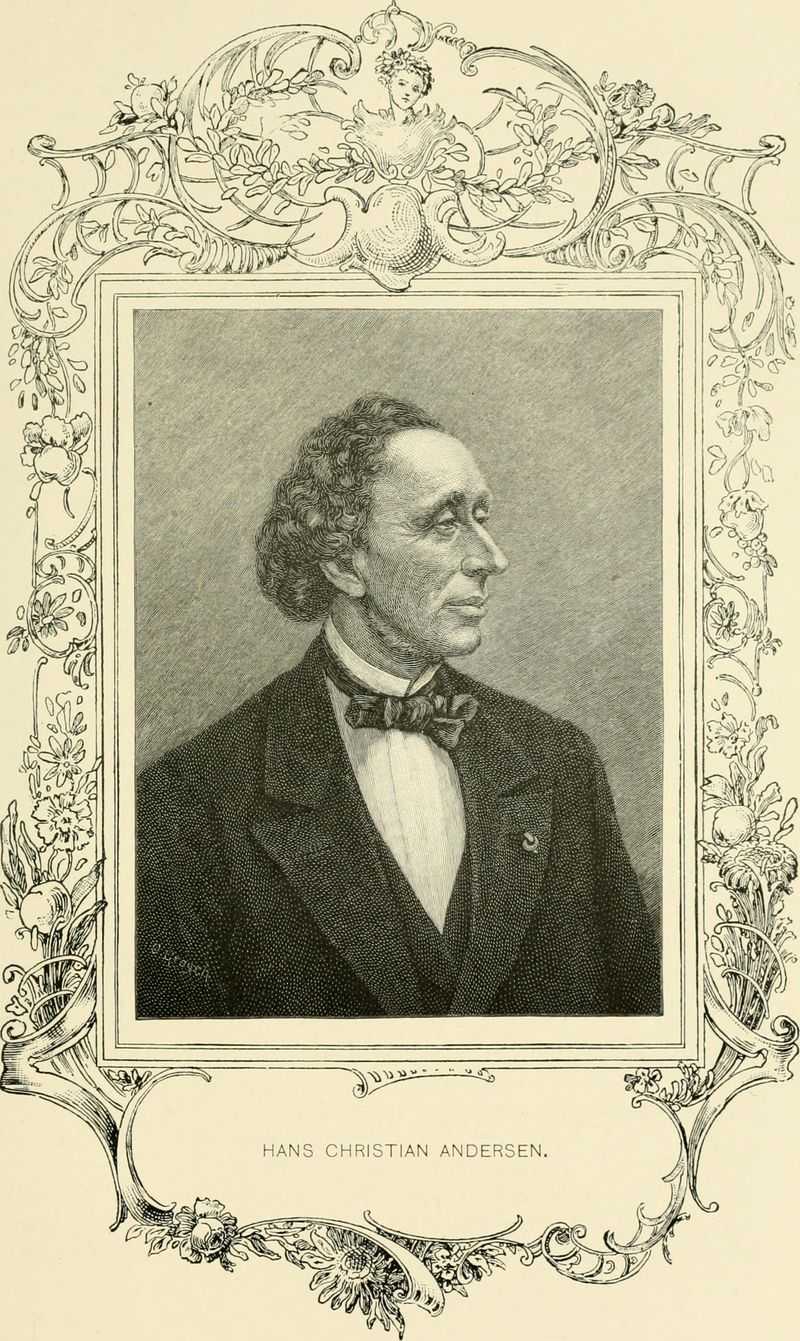
The beloved author of fairy tales like “The Little Mermaid” carried a terrifying fear of being buried alive. Andersen’s taphophobia was so intense that he left notes beside his bed every night stating he wasn’t actually dead, just sleeping deeply.
He also requested that his veins be cut before burial to ensure he was truly gone. This fear likely stemmed from stories of premature burials that circulated during the Victorian era, when medical knowledge about death wasn’t as advanced.
Despite creating magical worlds in his stories, Andersen couldn’t escape this very real anxiety that haunted him until his final days in 1875.
2. Nikola Tesla – Mysophobia
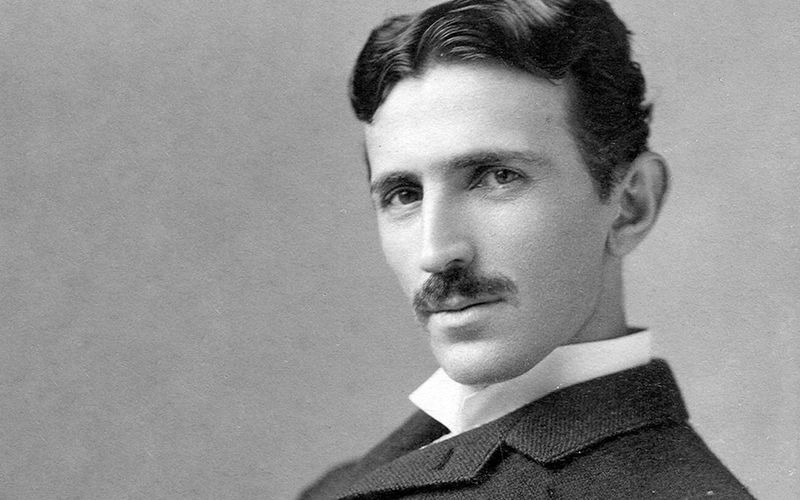
While Nikola Tesla lit up the world with his electrical genius, he lived in the shadow of a deep fear of germs. His mysophobia was so consuming that he washed his hands compulsively and insisted on using 18 napkins per meal—tossing each one after a single use.
Tesla refused to shake hands with people and wore white gloves constantly to avoid contamination. He also had an intense aversion to pearls, refusing to speak to women wearing them.
These compulsions likely intensified after he suffered a nervous breakdown in his twenties. While his germ fears were exhausting, they didn’t stop him from creating groundbreaking inventions that changed modern technology forever.
3. Emily Dickinson – Agoraphobia
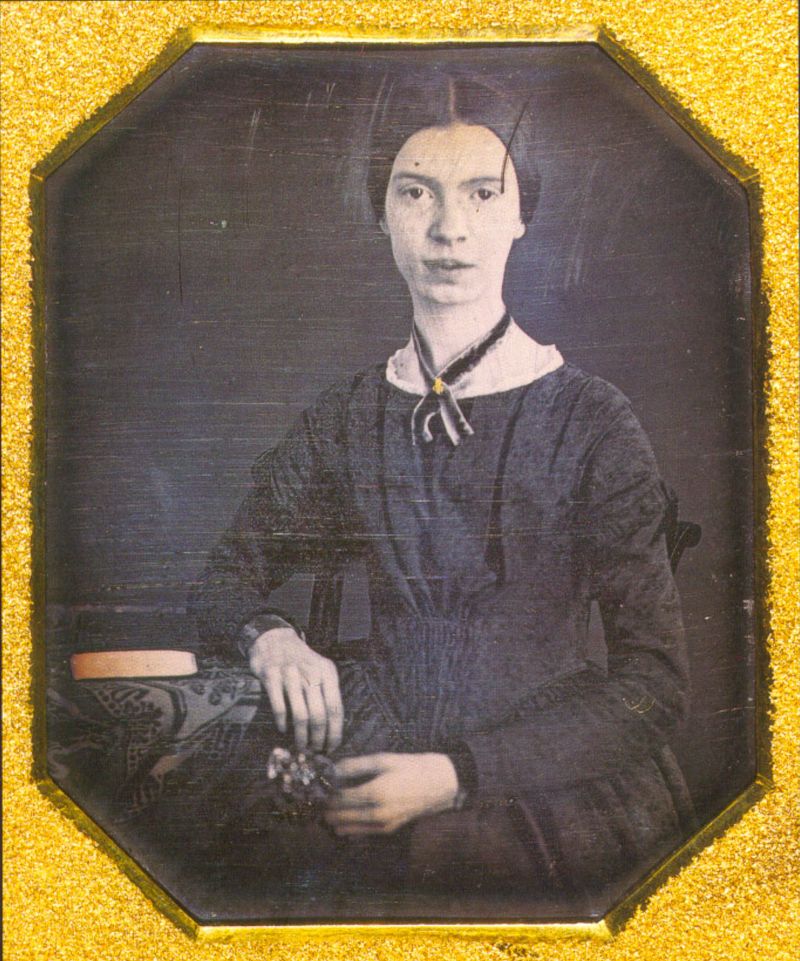
America’s most famous reclusive poet rarely left her family home in Amherst, Massachusetts, during the final decades of her life. Dickinson’s agoraphobia manifested as an overwhelming fear of public spaces and strangers, keeping her isolated inside her bedroom for years.
She communicated with visitors through her bedroom door rather than meeting them face-to-face. Even her doctor had to examine her from across the hallway.
This intense social anxiety didn’t diminish her creative genius, though. She wrote nearly 1,800 poems in her lifetime, most discovered only after her death, proving that isolation couldn’t silence her powerful voice and unique perspective on life.
4. Kim Jong-Il – Aviophobia
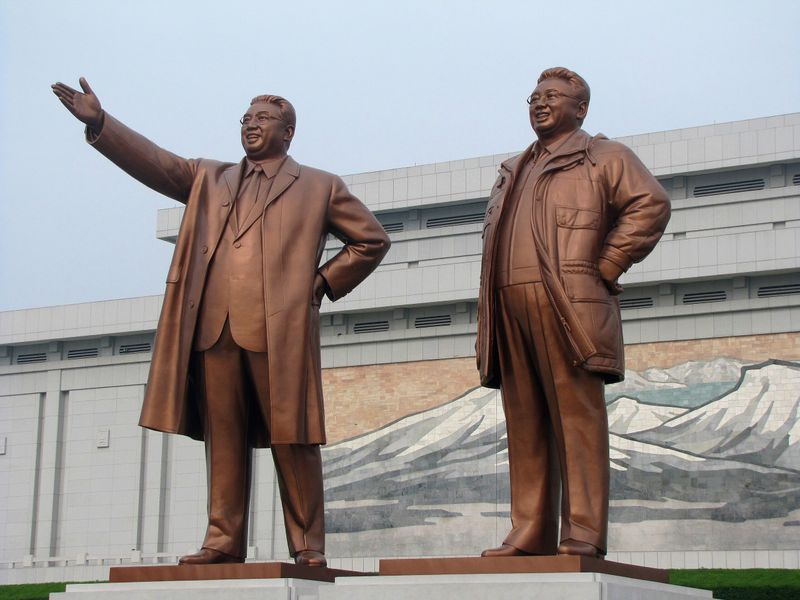
Despite ruling an entire nation, North Korea’s former leader Kim Jong-Il was unable to conquer his intense fear of flying. His aviophobia was so profound that he traveled solely by heavily armored train—even for long-distance international journeys that took several days.
His longest train journey stretched from North Korea to Moscow, covering over 6,000 miles across two weeks. The luxury train included multiple cars for security, staff, and personal comfort.
Some historians believe this fear developed after witnessing or hearing about aviation accidents involving other world leaders. Regardless of the cause, Kim’s refusal to fly significantly limited his diplomatic travels and shaped how he conducted international relations throughout his rule.
5. Alfred Hitchcock – Ovophobia
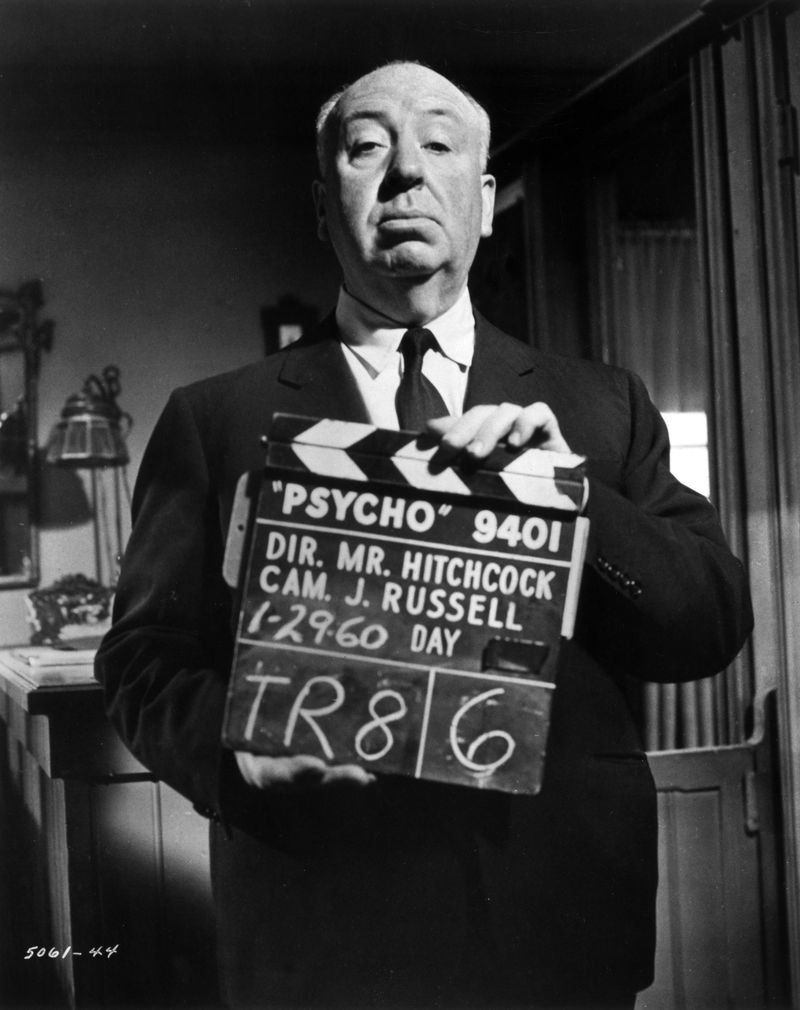
The Master of Suspense who terrified audiences worldwide had his own peculiar fear: eggs. Hitchcock’s ovophobia made him deeply uncomfortable around anything egg-related, from the sight to the smell.
He once described eggs as revolting, saying their white, round form without any holes disturbed him greatly. Blood didn’t bother him when creating horror scenes, but breakfast foods were another story entirely.
This unusual phobia never appeared in his films, unlike many of his other personal anxieties that he famously wove into his movies. Hitchcock avoided eggs completely, ensuring his elaborate meals never included omelets, scrambled eggs, or any dish featuring this common ingredient that most people enjoy.
6. Charles Darwin – Blood Phobia
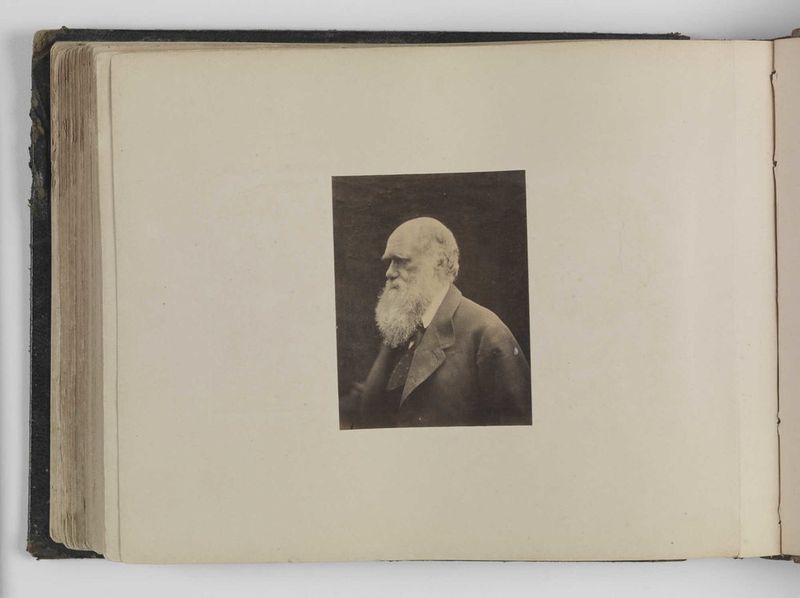
Ironically, the man who would revolutionize science by studying nature in all its forms couldn’t bear the sight of blood. Charles Darwin’s hemophobia emerged during medical school, forcing him to walk away from medicine and eventually guiding him toward a groundbreaking career in evolutionary biology.
Watching surgical procedures without anesthesia in the 1820s proved too traumatic for the sensitive young student. He witnessed operations on children that left him so distressed he fled the operating theater.
This experience redirected his path toward natural history instead, where he could study life without confronting blood and suffering. Ironically, his inability to become a doctor led him to board the HMS Beagle, where he developed revolutionary ideas that transformed our understanding of life itself.
7. Mary Todd Lincoln – Anxiety Disorders
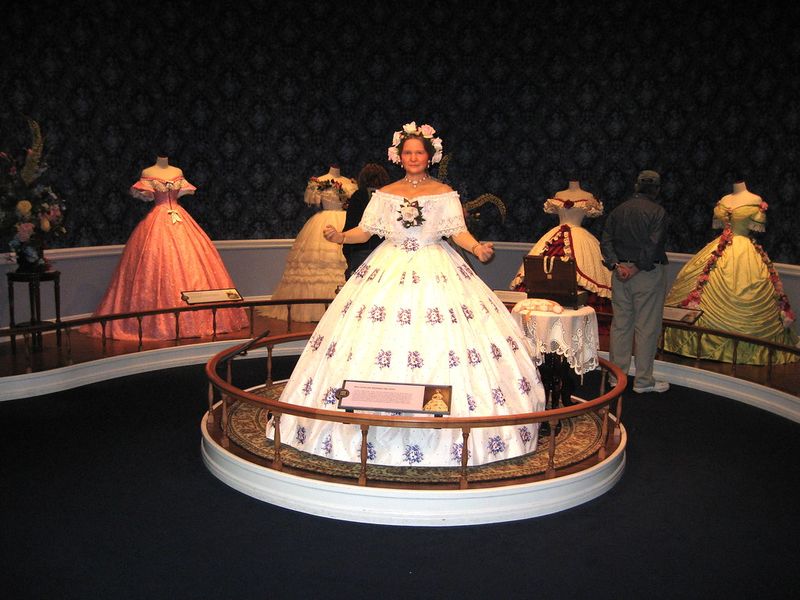
Throughout her turbulent life, Mary Todd Lincoln battled deep emotional struggles that only worsened with time. Behind the scenes of the White House, she endured panic attacks, mood swings, and crippling fear—now understood by many experts as signs of serious anxiety disorders.
She endured unimaginable tragedies, losing three of her four sons and witnessing her husband’s assassination beside her. These traumatic events intensified her already fragile mental state, leading to erratic behavior that concerned her remaining family.
Her son eventually had her temporarily committed to an asylum, though she fought successfully for her release. Today, mental health experts believe she likely suffered from what we now call PTSD, depression, and generalized anxiety disorder combined.

Comments
Loading…